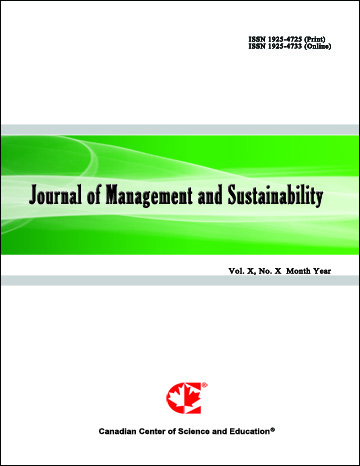Wage Gap between White Non-Latinos and Latinos by Nativity and Gender in the Pacific Northwest, U.S.A.
- Abelardo Rodríguez
- Stephen Devadoss
Abstract
We estimate the effects of demographic and socioeconomic factors in the wage income gap between White non-Latinos and Latinos the Pacific Northwest (PNW) of the U.S. by nativity and gender for the period 2005-2007 using data from the American Community Survey (ACS). Linear decomposition of annual wage income showed that age and education are the two most relevant factors that contribute to explain differences in wage income among the U.S. born males and females. Age explains 43% of the differences in males and 55% in females; education explains about 20% for both. In contrast, occupation and education are the most relevant factors that explain wage gap among male and female immigrants; occupations explain about 30% and education about 27%; in addition, while age explains 9% of the wage gap among males, the number of years in the United States explains 11% of the wage gap among females. Among immigrants, the type of occupation explains slightly more of the wage difference than education. Our findings support general recommendations: to urge Latinos in the PNW to successfully complete high school, present to them the availability of apprenticeship programs, but also encourage them to attend college with the possibility of pursuing postgraduate or specialized studies. Lower returns to Latino education at all levels warrant attention to the quality of education in accordance to the demand for a qualified labor force. Further research on returns to education for White non-Latinos and Latinos (including apprenticeship programs) and occupations, together with evaluation instruments to measure the efficacy of educational investments, could benefit both the workforce and employers.- Full Text:
 PDF
PDF
- DOI:10.5539/jms.v4n1p16
Journal Metrics
Google-based Impact Factor (2021): 1.54
h-index (July 2022): 37
i10-index (July 2022): 147
h5-index (2017-2021): 12
h5-median (2017-2021): 19
Index
- Academic Journals Database
- ANVUR (Italian National Agency for the Evaluation of Universities and Research Institutes)
- CAB Abstracts
- CNKI Scholar
- EconBiz
- Excellence in Research for Australia (ERA)
- GETIT@YALE (Yale University Library)
- Harvard Library
- HeinOnline
- Infotrieve
- JournalTOCs
- LOCKSS
- MIAR
- PKP Open Archives Harvester
- RePEc
- Scilit
- SHERPA/RoMEO
- Stanford Libraries
- UCR Library
Contact
- Evelyn XiaoEditorial Assistant
- jms@ccsenet.org
